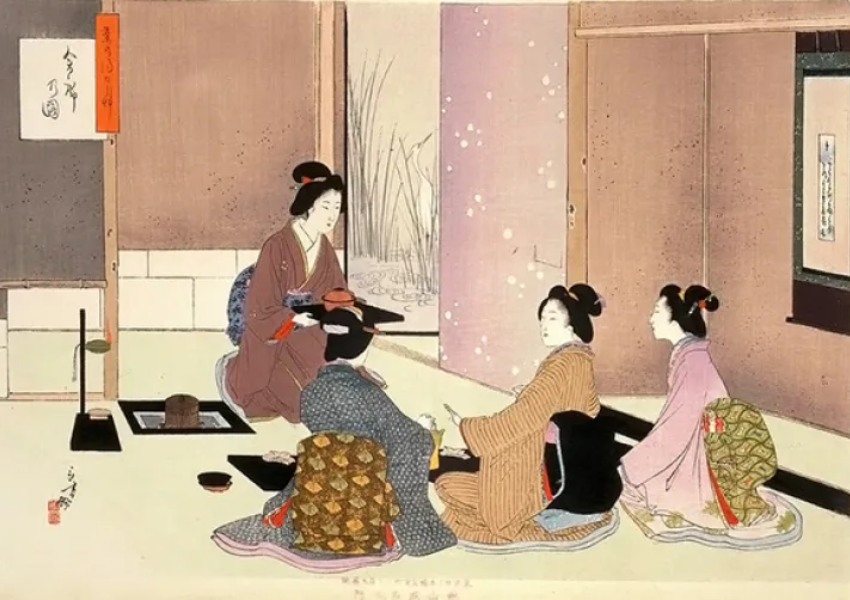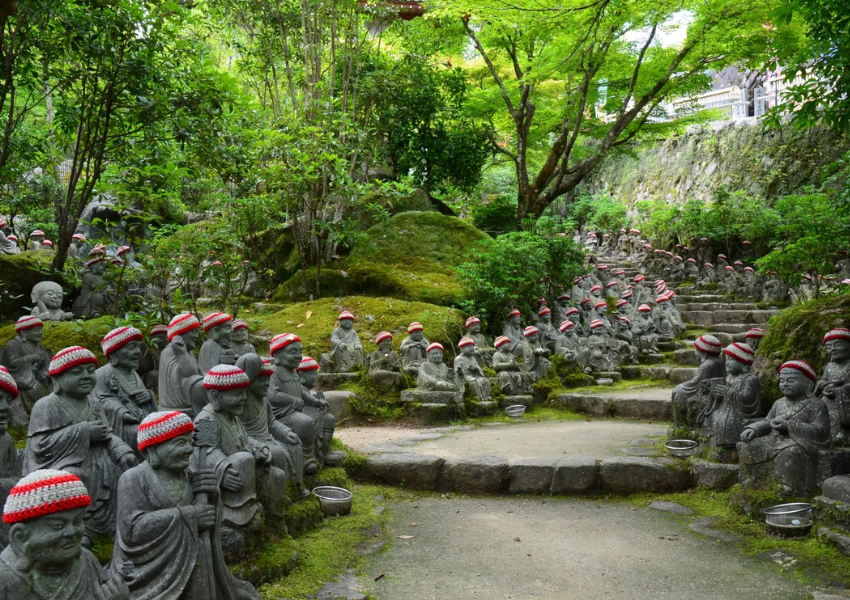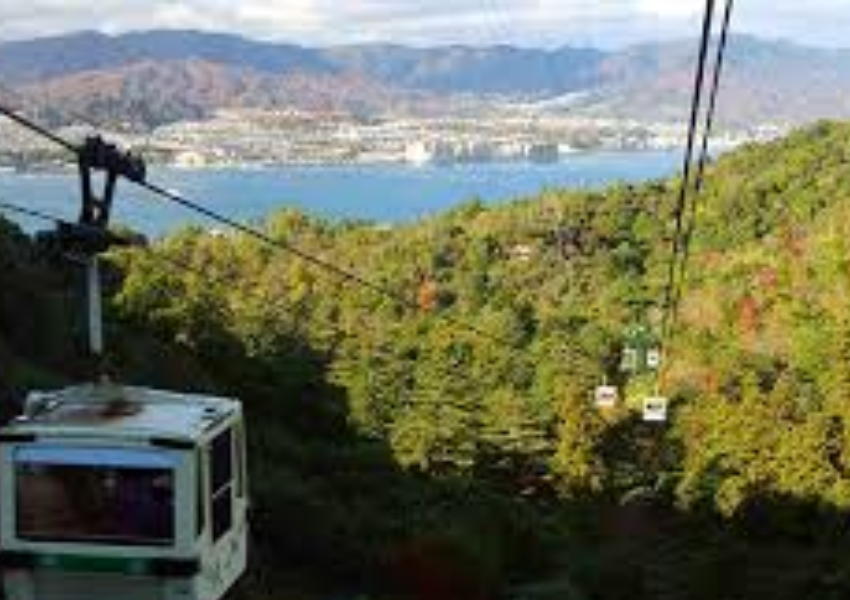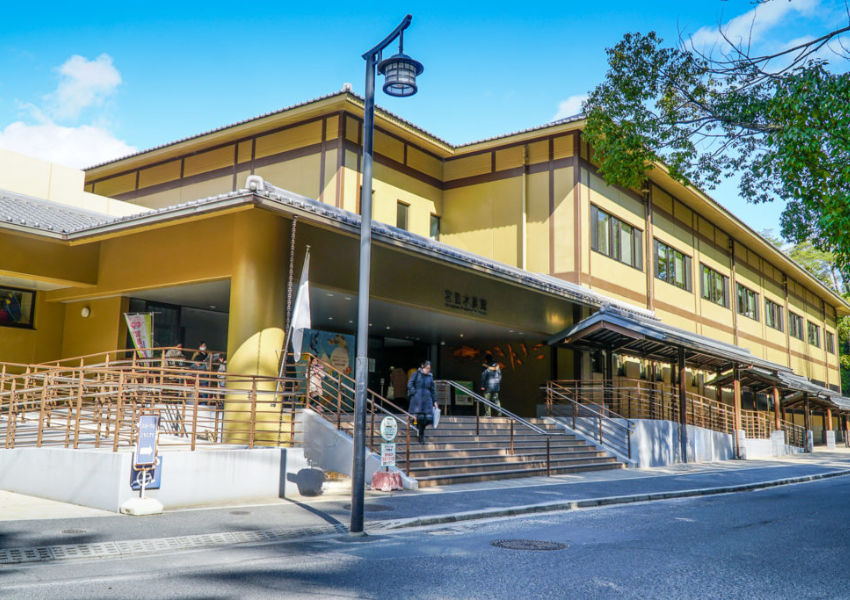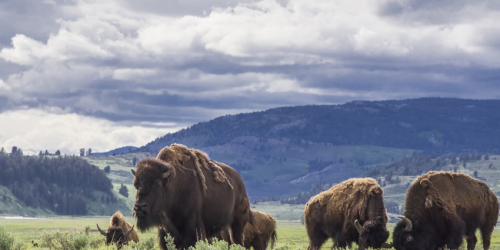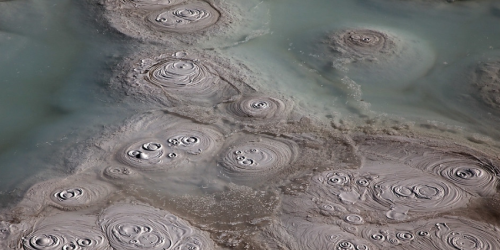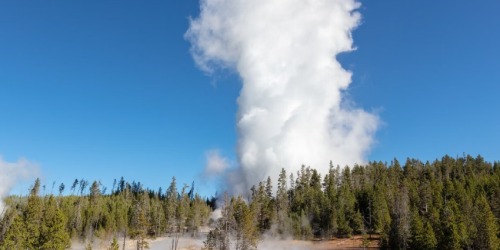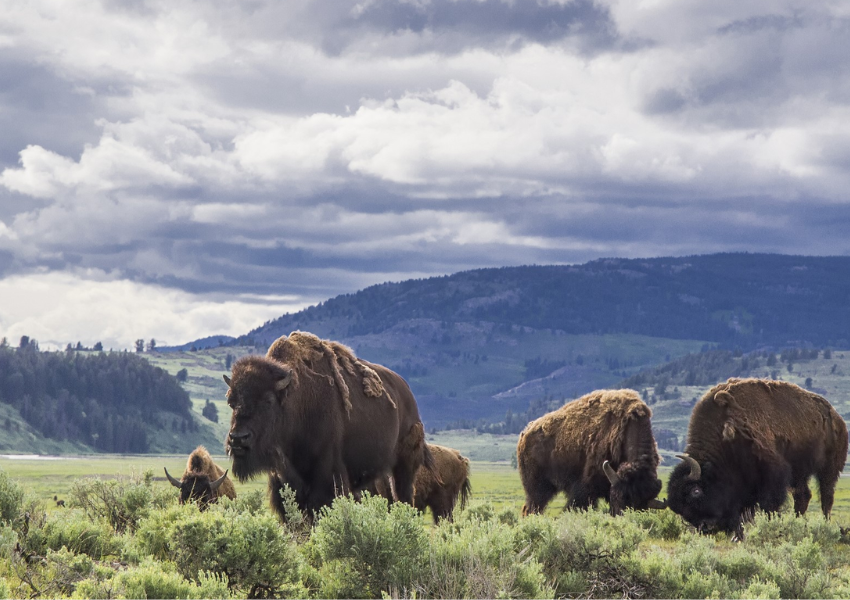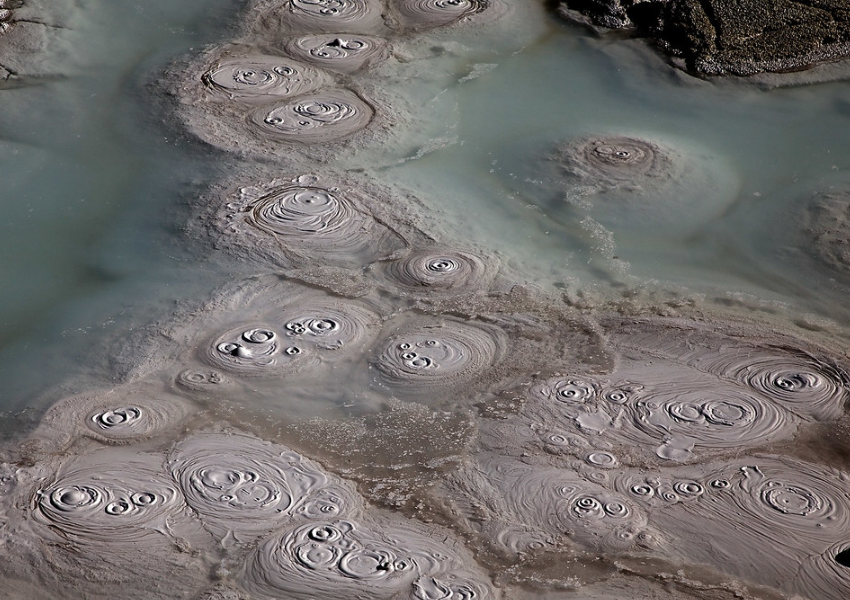The Japanese tea ceremony, also known as Chanoyu or Sado, is a cultural practice that has been passed down for centuries in Japan. It is a ritualistic way of preparing and serving green tea, called matcha, to guests in a traditional tearoom. The tea ceremony’s deeply rooted in Japanese culture and has been influenced by Zen Buddhism, Shintoism, and the principles of harmony, respect, purity, and tranquility. It is not just about drinking tea, but it is a way of life that embodies grace, mindfulness, and appreciation for the present moment.
In this blog post, we will take a closer look at the history, basic etiquette, tools and utensils, some places where you can join a tea ceremony, and essential elements of the Japanese tea ceremony. We will also explore the significance of this timeless tradition in modern society and how one can experience it firsthand. So, let us delve into the world of Chanoyu and discover the secrets of this beautiful and meaningful practice.
Table of Contents
ToggleChanoyu: The Art of Japanese Tea Ritual
Chanoyu, It’s much more than just making and drinking tea. It’s a spiritual and aesthetic discipline that embodies harmony, respect, purity, and tranquility.

Japanese Tea Ceremony History
The origins of the Japanese tea ceremony can be traced back to the 9th century when tea’s first introduced to Japan from China. However, it’s not until the 12th century that the tea ceremony began to take on a more ritualistic and formal form. During this time, the Buddhist monk Eisai brought back tea seeds and knowledge of tea cultivation from China and introduced them to the Japanese aristocracy.
It was during the Muromachi period (1336-1573). That the tea ceremony truly flourished under the influence of the tea master Sen no Rikyu. He’s considered the father of the Japanese tea ceremony. And he’s credited with developing the principles and aesthetics that’re still followed today. Rikyu emphasized simplicity, humility, and naturalness in the tea ceremony, which reflected the ideals of Zen Buddhism.
During the Edo period (1603-1868), the tea ceremony became more widespread. And practiced by people from all social classes. It also became closely associated with the ruling class, as tea masters’re often invited to serve tea to the shogun and other high-ranking officials. The tea ceremony continued to evolve and gain popularity throughout the centuries. And today considered a quintessential part of Japanese culture.
The Philosophy Behind the Ceremony
The Japanese tea ceremony’s not just about drinking tea. It’s a way of life that embodies the principles of harmony, respect, purity, and tranquility. These principles’re deeply rooted in Zen Buddhism and Shintoism, and they guide every aspect of the tea ceremony.
Harmony, or wa, refers to the balance and unity between all elements of the tea ceremony – the host, the guests, the utensils, and the surroundings. Respect, or kei, shown through gestures, words, and actions towards others and the objects used in the ceremony. Purity, or sei, achieved through cleanliness and simplicity, both physically and spiritually. And finally, tranquility, or jaku, is the state of calmness and mindfulness that’s cultivated during the tea ceremony.
These principles’ not only applied during the tea ceremony but are also meant to be carried into everyday life. The tea ceremony’s seen as a form of meditation, where one can find inner peace and connect with nature and others.
The Secrets of the Japanese Tea Ceremony Revealed
The ceremony may seem like a simple act of preparing and serving tea. But it’s actually a highly choreographed and intricate ritual. Every movement, gesture, and action has a specific meaning and purpose, and each element of the ceremony has its own symbolism.
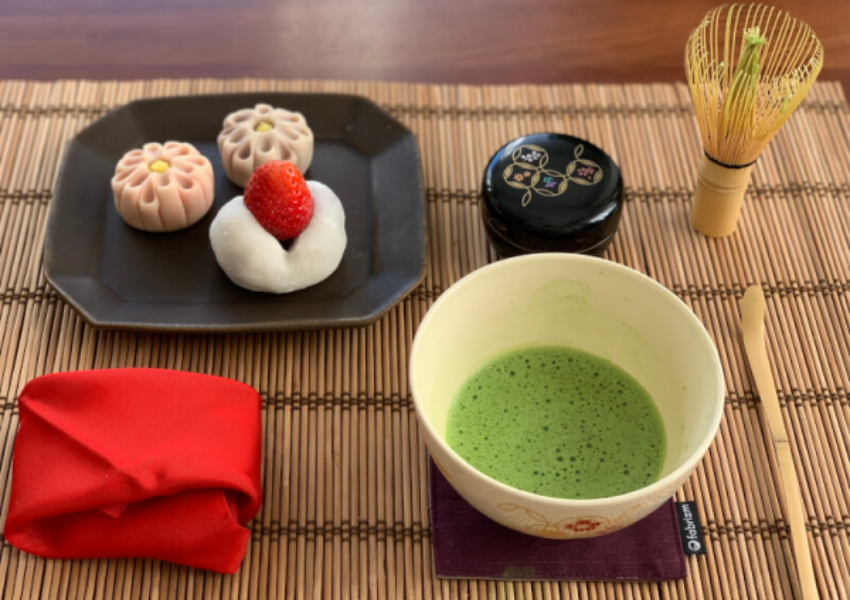
Essential Elements
The Tearoom
The tearoom, or chashitsu, is the setting for the tea ceremony. It’s a small, simple, and serene space that’s designed to create a sense of intimacy and closeness between the host and guests. The tearoom’s usually made of natural materials such as wood, bamboo, and paper, and it often has a small garden or view of nature.
The Utensils and Tool
The utensils used in the tea ceremony’re carefully chosen and considered works of art. They include a tea bowl (chawan), tea scoop (chashaku), tea whisk (chasen), chaki or usuki ( tea container), fukusa (silk cloth) and a water jar (mizusashi). Each utensil has its own unique shape, color, and texture, and they are all used to enhance the aesthetic experience of the tea ceremony.
The Tea
The tea used in the Japanese tea ceremony’s called matcha, which’s a finely ground powder made from green tea leaves. Matcha’s known for its vibrant green color and rich flavor, and it’s prepared by whisking it with hot water in a bowl until it becomes frothy. The preparation of the tea is an essential part of the ceremony. And it requires skill and precision to achieve the perfect consistency.
Tea Ceremony Etiquette: A Guide to Respectful Participation

Participating in a Japanese tea ceremony requires following certain etiquette and manners. These rules’re meant to show respect to the host, the guests, and the tea ceremony itself. Here are some essential guidelines to keep in mind when attending a tea ceremony:
- Plain kimono and hakama’re worn by women and men during tea ceremonies. But these days the attire is much more flexible. However, void too revealing, flashy, or casual
- Arrive on time and follow the designated seating arrangement.
- Remove your shoes before entering the tearoom. So it’s recommended to wear socks.
- Guests’re expected to sit in the seiza (literally “proper sitting) position, with their legs folded under them. To do this, place your knees on the floor and rest your bottom on your heels.
- Bow to the host and other guests as a sign of respect.
- Do not touch the utensils or decorations in the tearoom without permission.
- Do not talk loudly or make unnecessary movements during the ceremony.
- When receiving the tea bowl, turn it clockwise twice so the “front” of the bowl is not facing you anymore. Take a sip and compliment the host on the tea.
- After taking few sip, wipe the rim of the tea bowl and pass it to the next guest.
- When leaving, bow to the host and express your gratitude.
By following these rules, you can show your appreciation for the tea ceremony and fully immerse yourself in the experience.
Where to Experience Japanese Tea Ceremony in Japan
If you ever have the opportunity to visit Japan, experiencing a traditional Japanese tea ceremony should be on your list of must-do activities. Many tea houses and cultural centers offer tea ceremonies for tourists, and it is a great way to immerse yourself in Japanese culture and traditions. Some tea house you’d try like tea ceremony in Tokyo, Kyoto, or Osaka, and learn more about this rich cultural practice.
Traditional Tea Ceremony wearing a Kimono in Kyoto MAIKOYA
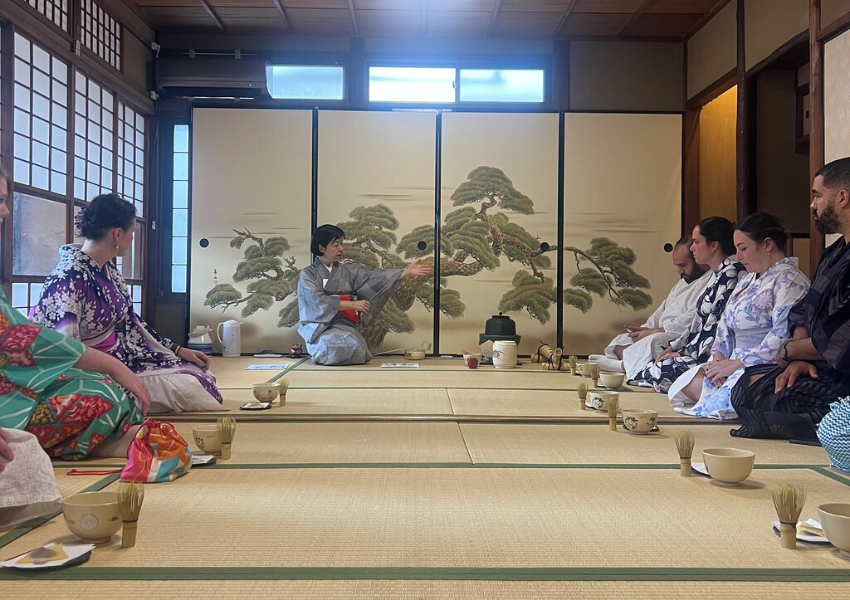
Maikoya is a traditional Japanese building. From Hankyu Kawaramachi Station, take Exit 9 and go west (right) Go to and when you see Lacoste on your right, turn right at that corner. This street is Gokomachi street. Please walk about 5 minutes. Maikoya’s on the left side of the road.
During the ceremony. You’ll choose to wear traditional kimono, get your hair and makeup done to match your kimono. Meeting your expert tea master host. Learn about Japanese history and sample matcha green tea, accompanied by wagashi sweets.
Tea Ceremony Experience in Osaka Doutonbori

Located in Dotonbori, center of Osaka‘s Namba/Shinsaibashi district, this facility is popular for experience the traditional Japanese tea ceremony.
Nowhere else in Osaka offers such an immersive tea ceremony experience. Our seasoned tea ceremony instructor, with over 10 years of experience, will unveil the quintessence of Japanese tradition for you. Families with children’re warmly invited, and we also offer caffeine-free matcha milk for their enjoyment.
Conclusion
The Japanese tea ceremony’s a timeless tradition that has been passed down for centuries and continues to hold significance in modern society. It is a beautiful and meaningful practice that embodies the principles of harmony, respect, purity, and tranquility. By participating in a tea ceremony, one can experience a journey of self-discovery and gain a deeper appreciation for Japanese culture and aesthetics. So, the next time you take a sip of green tea, remember the rich history and philosophy behind the Japanese tea ceremony.

